The F-120 Vector was a hallmark of the nation’s aerospace engineering during the Cold War. Designed in the early 1960s in response to rising tensions between the Northern and Southern blocs, the Vector was the first truly indigenous third-generation fighter developed by the Mitchell Corporation. Built for speed, agility, and multirole versatility, it became a symbol of national air power throughout the 1970s and 1980s.
Armament:
-2 × 20mm cannons
-2–6 air-to-air missiles (depending on the configuration)
-Ordnance racks for up to 1,500 kg of bombs or rocket pods
Operational Service:
During the Southern Continental War (1973–1980), the F-120 saw extensive combat, particularly in contested airspace over the Varan Straits and along the North Vastian frontlines. It earned a reputation for being fast, unforgiving, and deadly in the hands of skilled pilots.
The 29th Tactical Fighter Regiment, operating from forward bases in northern Santara, famously used F-120 Vectors to intercept Uranese reconnaissance flights. Its combination of speed and radar range enabled dominance in early encounters before being gradually supplanted by more advanced 4th generation jets in the late 1980s.
Specifications
Spotlights
- Monarchii 3 months ago
General Characteristics
- Created On Android
- Wingspan 29.3ft (8.9m)
- Length 49.7ft (15.2m)
- Height 14.6ft (4.5m)
- Empty Weight 12,778lbs (5,796kg)
- Loaded Weight 21,040lbs (9,543kg)
Performance
- Power/Weight Ratio 3.684
- Wing Loading 43.1lbs/ft2 (210.4kg/m2)
- Wing Area 488.2ft2 (45.4m2)
- Drag Points 3118
Parts
- Number of Parts 105
- Control Surfaces 3
- Performance Cost 525


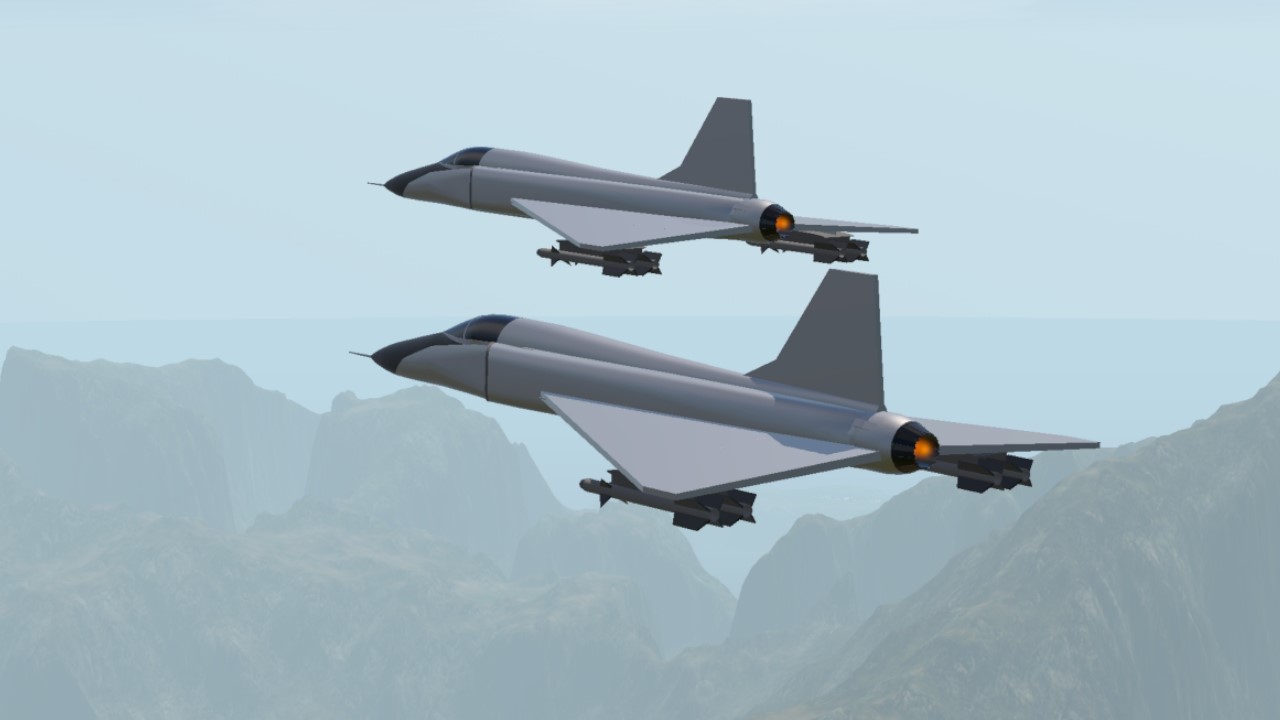
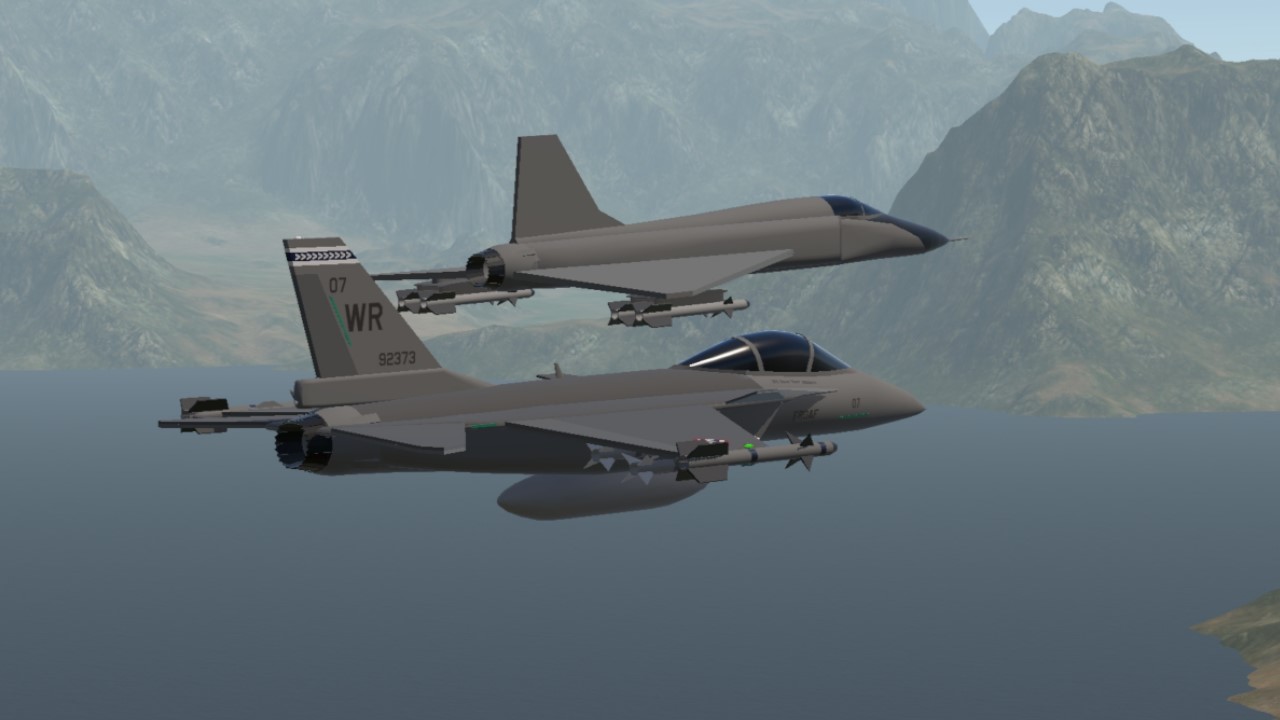
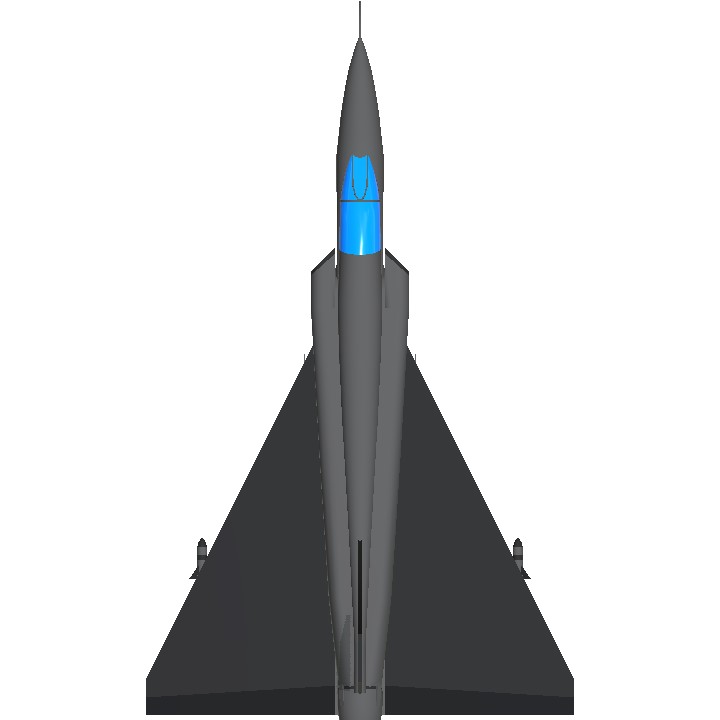
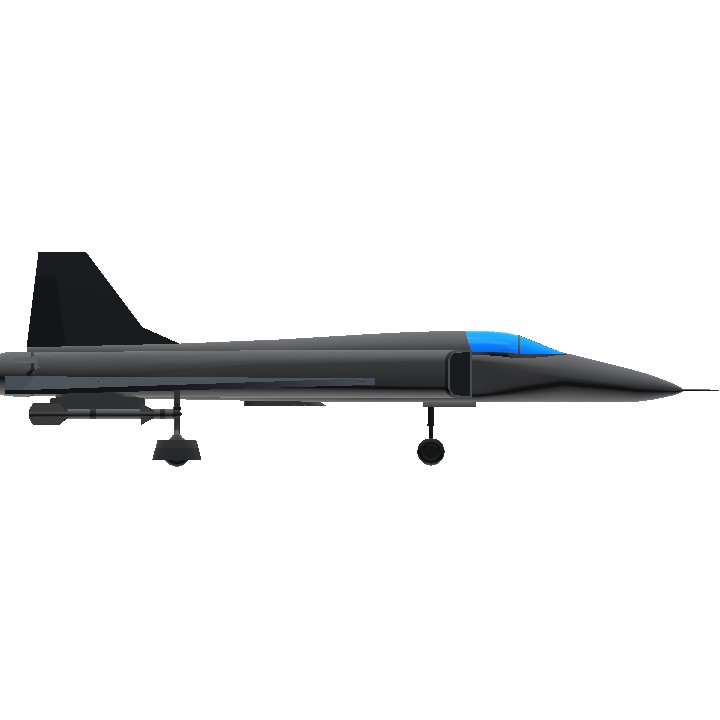
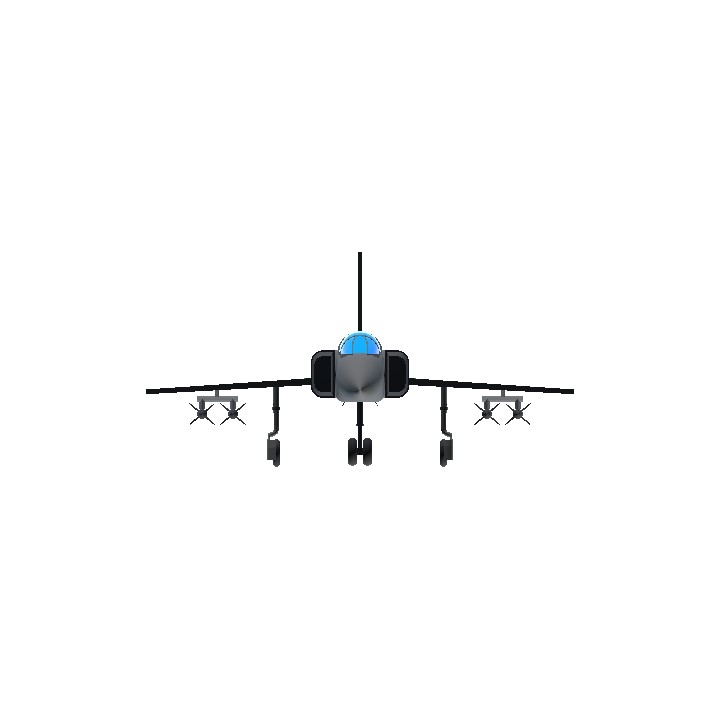
@Monarchii Thanks dude
shit man, you cooked 🔥 🔥
Nice
very cool plane
Also, I recommend using trim to stabilize the plane at speeds beyond Mach 1
To fast for its rockets